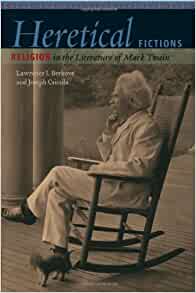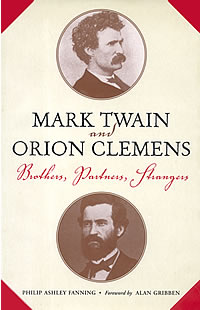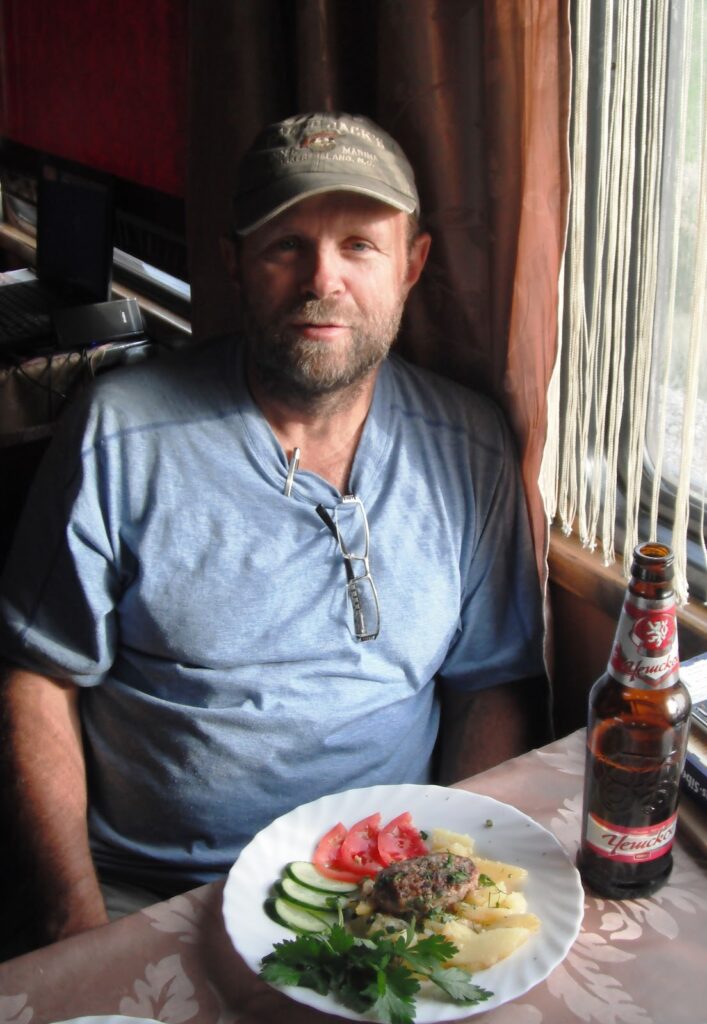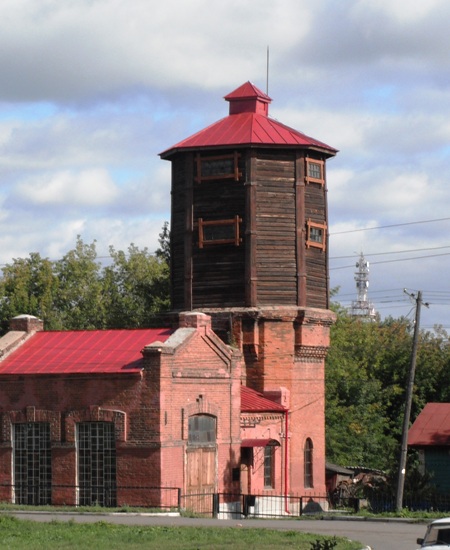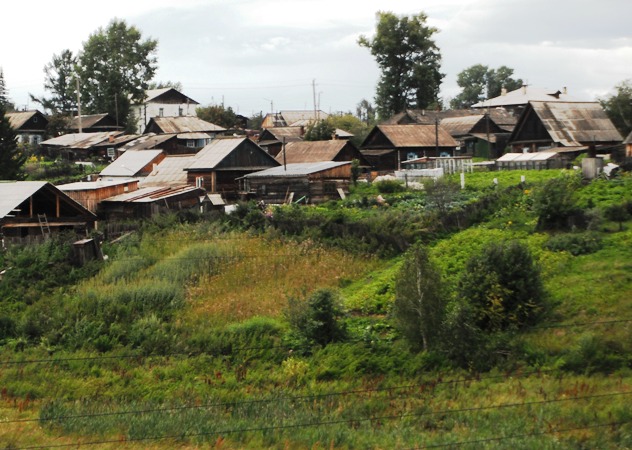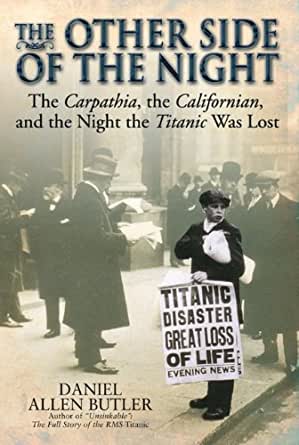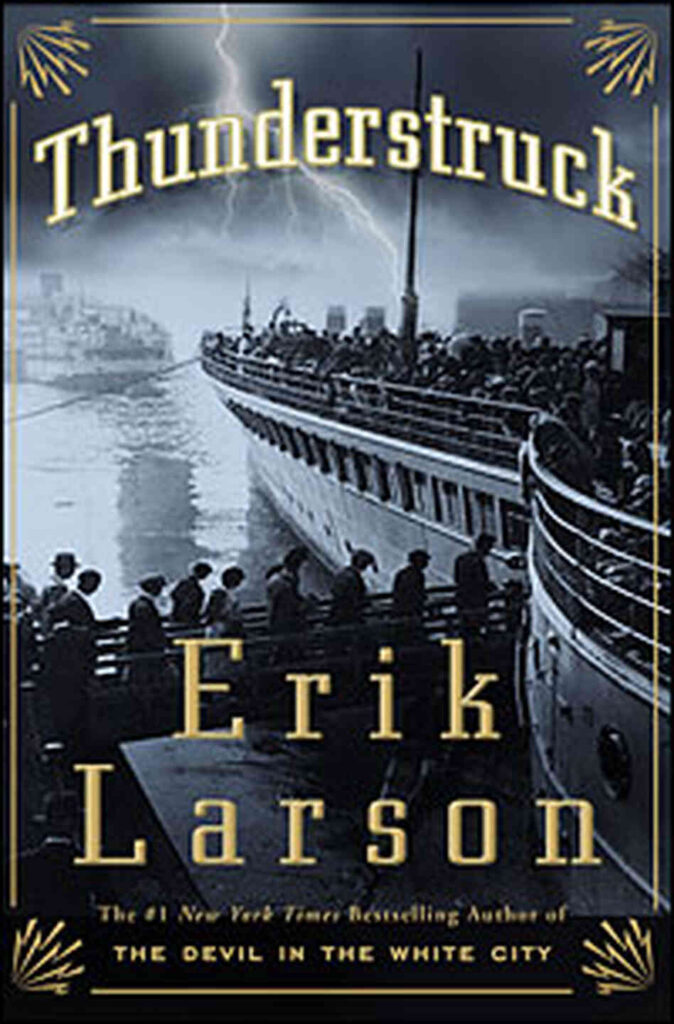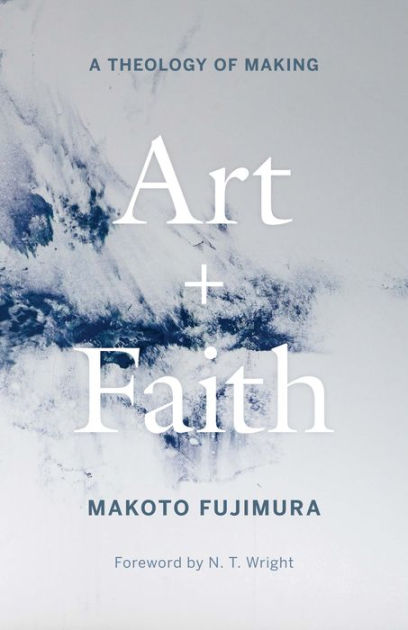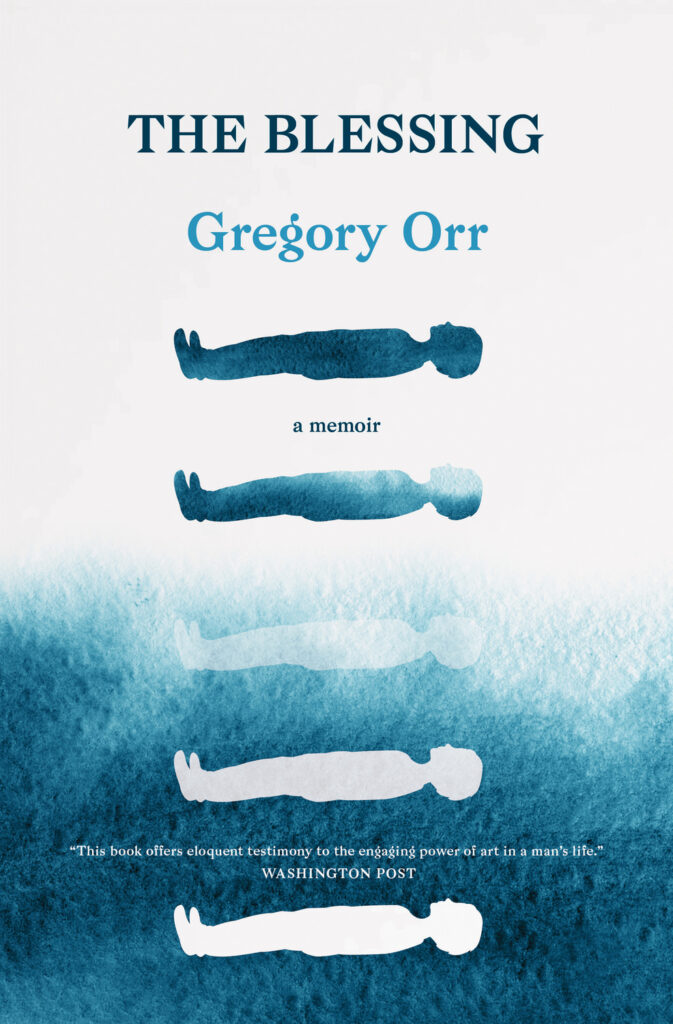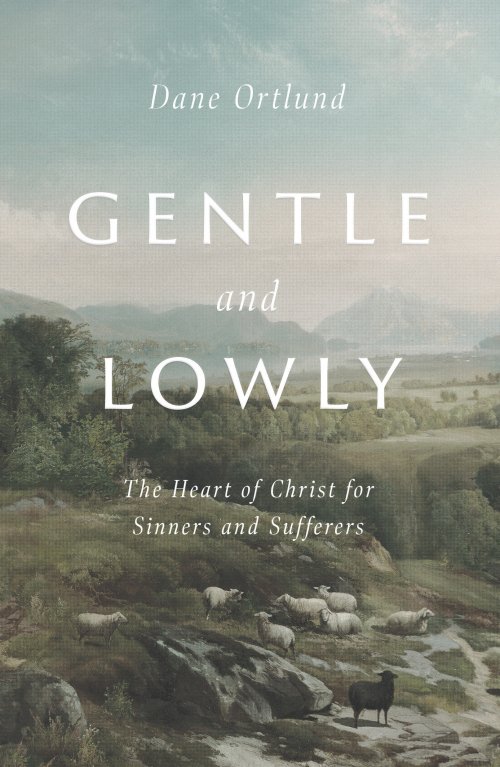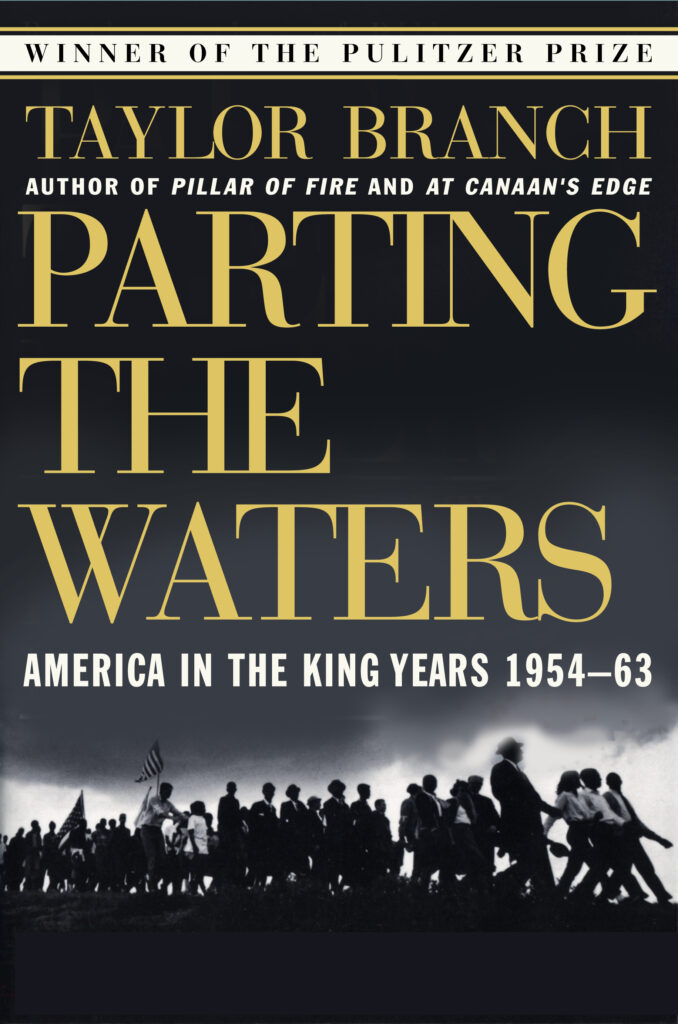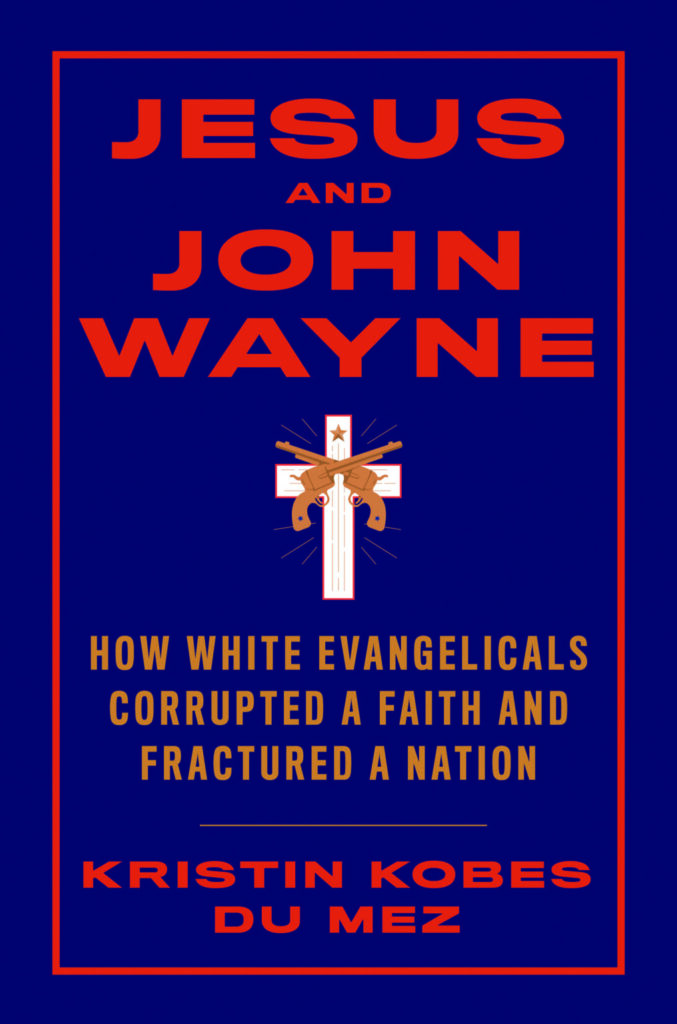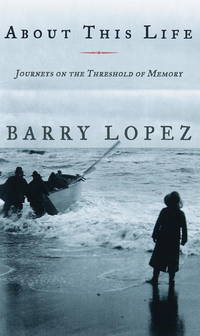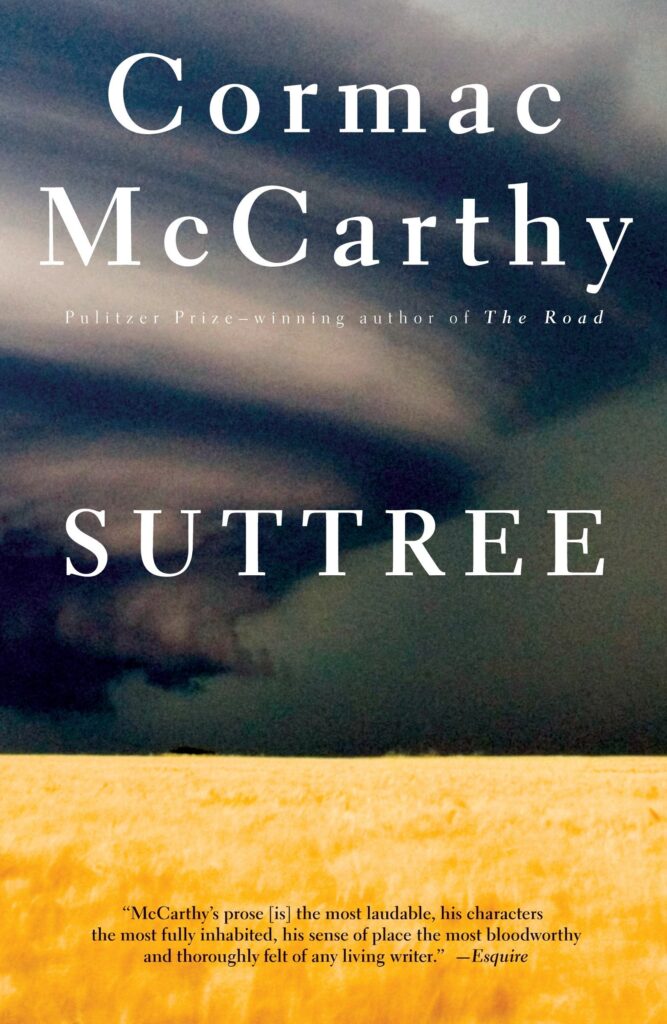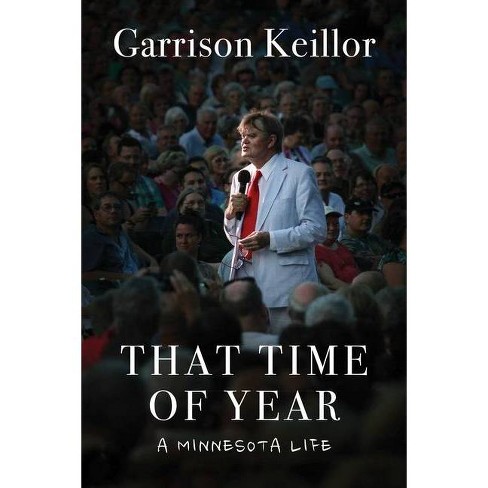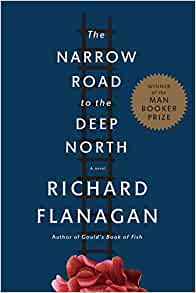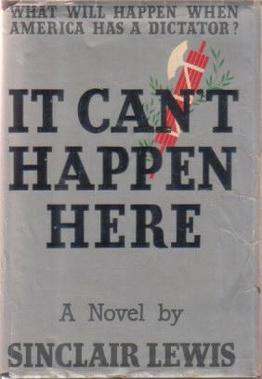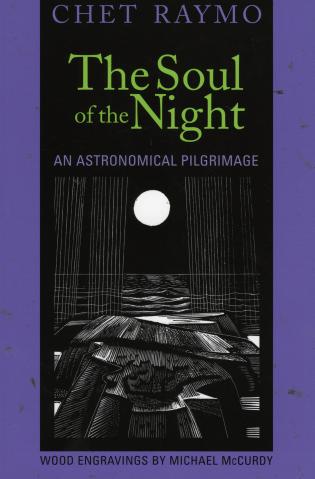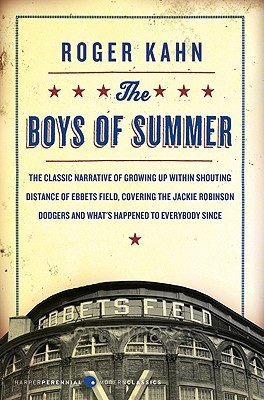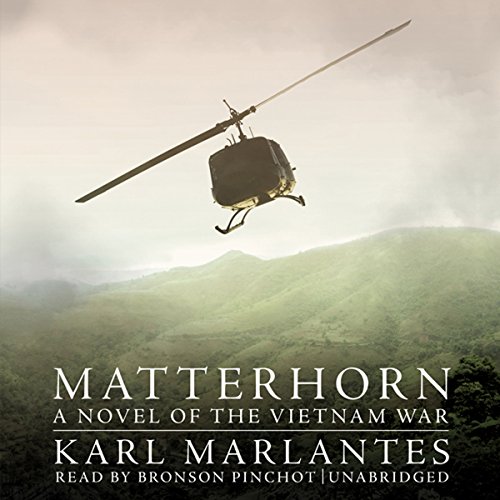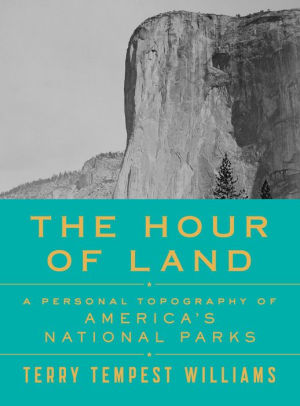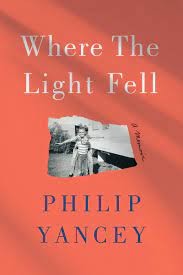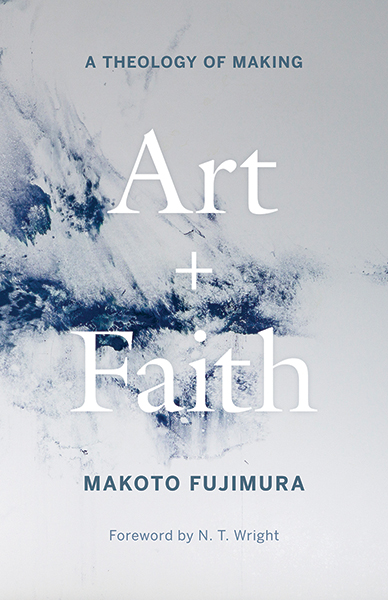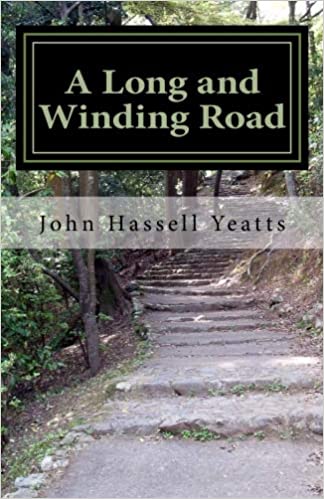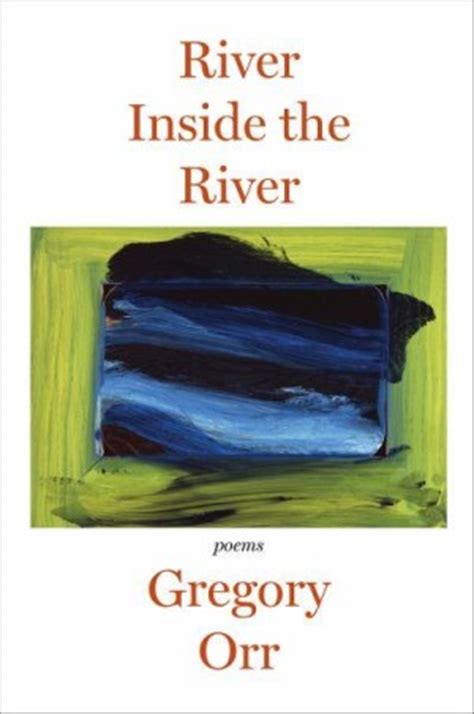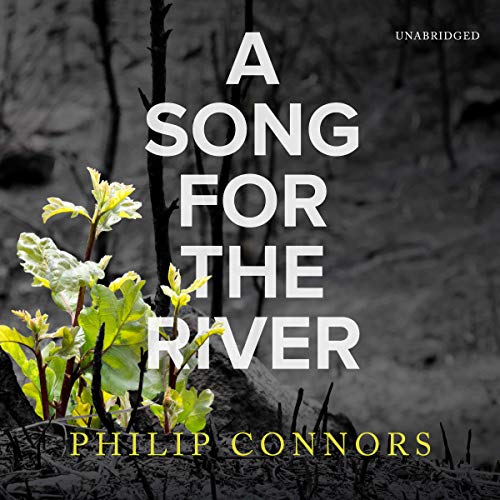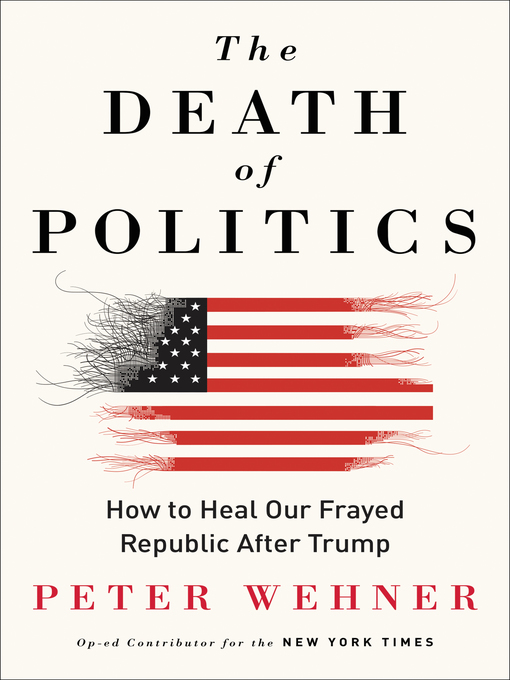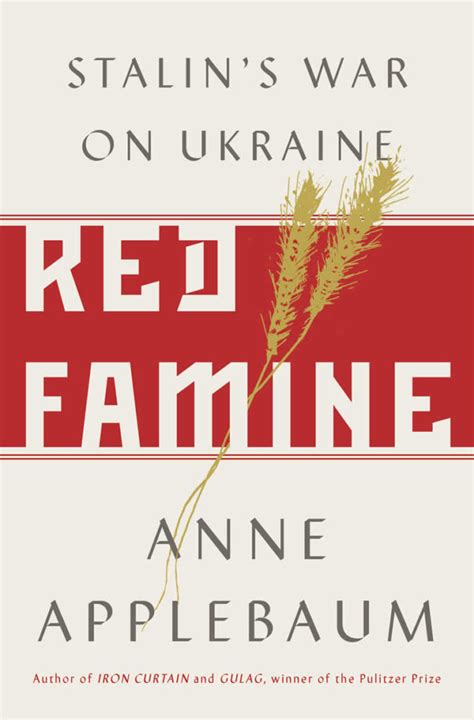
Anne Applebaum, Red Famine: Stalin’s War on Ukraine (2017), 17 hours and 46 minutes
I read reviews of this book when it first came out. It looked intriguing, but I never got around to read it. When Russia invaded Ukraine, I decided I needed to read something to get myself up to speed on what is happening in the world. I have often appreciated Applebaum’s insights on talk shows, so I tried to find this book. Guess what, there were no hard copies immediately available, so I got an audible copy and listened to the book. I am glad that I did and recommend this book as a helpful way to understand more of what’s going on in Ukraine. If you only read the introduction and epilogue, you’ll have a much better understanding of what’s happening.
The word Ukraine means borderland. While much of its history is that of a colony (of Poland, Imperial Russia, the Austrian/Hungarian Empire, and the Soviet Union), it has a distinct language and culture separate from each of these. Applebaum provides a brief history of the region prior to the Bolshevik revolution in 1917, but her story really begins with the defeat of the Czar and the rise of the Bolsheviks. The defeat of the Czar and the rise of the Soviet state might best be understood through a line from the song “Won’t Get Fooled Again,” by “The Who.” “Meet the new boss, same as the old boss.”
When Russia fell to the Bolsheviks and pulled out of the Great War, Ukraine was able to press its own identity and for a few short periods, became independent. However, independence was short-lived as the country constantly being overrun. Twice by the Bolsheviks conquered Kiev, along with the German/Austrian/Hungarian army and both the White and Black armies who fought the Bolshevik. The region value came from the grain produced in its fertile ground. After it finally arrived within the Soviet sphere (Ukraine had its own communist leaders, who didn’t always go along with Moscow), the country primarily became as a place for grain to feed the Soviet rising industry.
The first demands and confiscation of grain occurred during this time as Lenin saw Ukraine as a source for feeding the masses in the more industrial regions of Russia. Following the Revolution and the fights against White Russians, along with a drought in 1921, the young Soviet Union needed grain. They demanded it from Ukraine, even though she had suffered under the same circumstances. Interestingly, when the America Relief Association under the work of Herbert Hoover brought food to Russia, the were discouraged from working in the Ukraine.
Like Czarist Russia before them, the Bolsheviks were troubled by any nationalist ideology in Ukraine and continued the policies of insisting on the use of Russia while they stamped out Ukrainian identity. At times, they would give nod to the Ukrainian unique situation and loosen up a bit, but they made it clear that Moscow was in control. Compounding the problem with the Soviets in the Ukraine was how to deal with the peasants, as Marxist ideology had no real understanding of such a class of people.
At first, the Soviets sought to voluntarily collectivize the farms, but with few wanting to join such farms, the Soviets put more and more pressure on peasants to collectivize. The nation’s “five-year plans” required the region provide and outrageous amount of grain. With the resentments toward collectivization and no incentive to work harder, these “goals” became unrealistic. The central state began to demand the region turn over more and more grain (even seed grain), which led to the terrible famine (known as the Holodomor, which combines the words for hunger and extermination) that occurred in 1932-33. Other policies such as blacklisting some villages and collective farms, exasperated the situation. The situation became dire as starving people were unable even to work the fields. As Applebaum describes the growing famine, she also provides detail on how starvation effects the body. Such details are horrific. As the famine grew more severe, people even began to eat the dead. Sadly, there were no American Relief committees in the 1930s and an estimated 3.9 million people in the Ukraine died. While there was starvation in other parts of the Soviet Union during this time, no area suffered as much as Ukraine.
To collect more grain for the Soviet Union, they forced everyone onto collective farms and began to use propaganda. The Soviets created tension and hatred between groups. They even created a special class of peasants, the Kulacks. At first, Kulacks were large landowners, but later included anyone against the collectivization efforts or those seen as enemies of the state.
After the famine, with not nearly enough workers to harvest the grain, the Soviets began to move even more Russian speaking people into the Ukraine. Among these included a young Nikta Khrushchev, who first worked in the Donbas region of Ukraine. In the purges of the late 1930s, they eliminated almost all the Ukrainian communists and replaced them with “Russians.” The famine, as terrible as it was, helped the Soviets control the Ukraine. This helps explain why many in the Ukraine were willing to, at first, go along with the Nazi invasion in 1941. This legacy is seen today with Russia (or Putin) referring to Ukraine as “Nazis.” Applebaum wrote between the Crimean War and this latest conflict. Applebaum is almost prophetic as Putin has declares his invasion to be an anti-Nazi campaign). Despite such terms, Applebaum points out how all sides (Czar, Soviets, and Ukrainians) had antisemitic tendencies.
This book has several takeaways. First, in relation to current world politics, it is easy to see Putin as a continuation of Russian views of the Ukraine (which started with the Czars and continued through the Soviets). Russia viewed Ukraine as its bread basket. Beyond that, the Russians looked down on Ukraine as second class. The reader also comes to understand the tension between Russia and Ukraine because of different languages. Ukraine’s cultural leaders (writers and such) has sought to bring the country more aligned with the West, while Russia wants them to be aligned with the East. However, after the terrible things done to the Ukrainians in the 1930s, it is no wonder the people of the country are willing to fight to the death to avoid returning to their previous subjugation. Furthermore, during the Soviet era, information about the famine was constantly covered up and denied (just as it’s against the law now in Russia to speak of the invasion of and war in Ukraine as anything other than a special military action).
In addition to understanding the regional conflict (which could become a worldwide conflict), we should also take seriously Applebaum’s insights into the Russian propaganda campaigns of the 30s. In these campaigns, groups of people were seen as undesirable and as unimportant. Essentially robbed of their humanity, everyone lost their moral compass and allowed the needless deaths of millions. The warning: we must be careful of how we refer to those seen as “the other.”
While she doesn’t see the famine as genocide only because the tight legal definition of the word is due to the Soviet’s influence at the United Nation. Soviet policies caused the famine and while they did not try to kill all Ukrainians, they did want to destroy such identity for the people there. Moscow used the famine to dominate Ukraine and continued to discourage Ukrainian identity until after the end of the Soviet Union. In the epilogue, Applebaum credits Ukraine (and Chernobyl) as the catalysis leading up to the end of the Soviet state. When the truth about Chernobyl began to be known, it opened a pandora’s box that the Soviets could not close. Perhaps this is another reason why Putin is so out to get Ukraine, as its people helped bring about the demise of the Soviet Union, which he’d like to reestablish.

